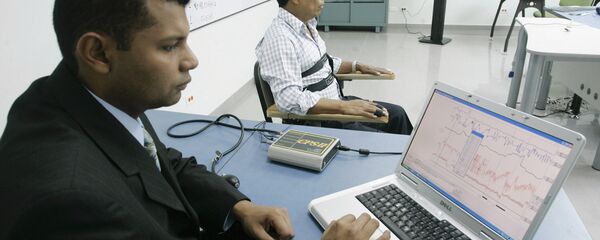State auditor Suzanne Bump was reviewing the Massachusetts Sexual Offenders Registry Board (SORB) and found that nearly 1,800 of the state's 21,808 convicted offenders were unaccounted for.
"What we found was an agency that really wasn't able to meet its mission of properly classifying or tracking individuals who were supposed to be registered sex offenders," said the state auditor to the Associated Press. "That left police officers, the public and past victims without the knowledge… as to the whereabouts of [medium risk] and [high risk] sex offenders."
The registry, which was formed in 1996, is meant to keep track of all sex offenders in the state of Massachusetts, including those convicted of sex crimes in the Bay State before heading elsewhere. The state has been paying around $4 million a year to keep the registry up to date for use by both law enforcement and the public.
And yet over eight percent of offenders that should be registered in the database are not, according to Bump. "When government commits to the taxpayers that it will provide a certain level of safety — and transparency — it has an obligation to do everything within its authority to meet that obligation," she said in a statement.
"The sex offender registry is only as good as the information it contains, so without taking the steps to expand and use data-sharing agreements with other state agencies, it is not fulfilling its mission."
Furthermore, 936 of the 1,769 had not been classified as either low, medium or high-risk re-offenders, even the 300 among those 936 who had been convicted of sex crimes against children. All sex offenders are to receive such a classification before they're released from state custody, and they must register with their local police department as well as notify the SORB anytime they move, get a new job or enroll in a school.
These offenders were not classified due to a 2015 Supreme Court ruling that boosted the standard of classification from "a preponderance of the evidence" to "clear and convincing evidence". However, instead of gathering the additional evidence, the state simply didn't bother to reclassify most of the offenders.
Of the remainder, 197 are "high" risk reoffenders, 410 are "medium" risk and 150 are "low" risk. In other words, the majority of the unaccounted-for offenders are those who are more likely than not to reoffend — and the state has no idea where they are.
"Honestly, it's beyond scary," said Brian Kyes, police chief of the small city of Chelsea and president of the Massachusetts Major City Chiefs of Police Association, to ABC5. "They're under the radar, they're not classified. They could be working in a school environment, for a youth program. They're a level zero. There's no classification."




